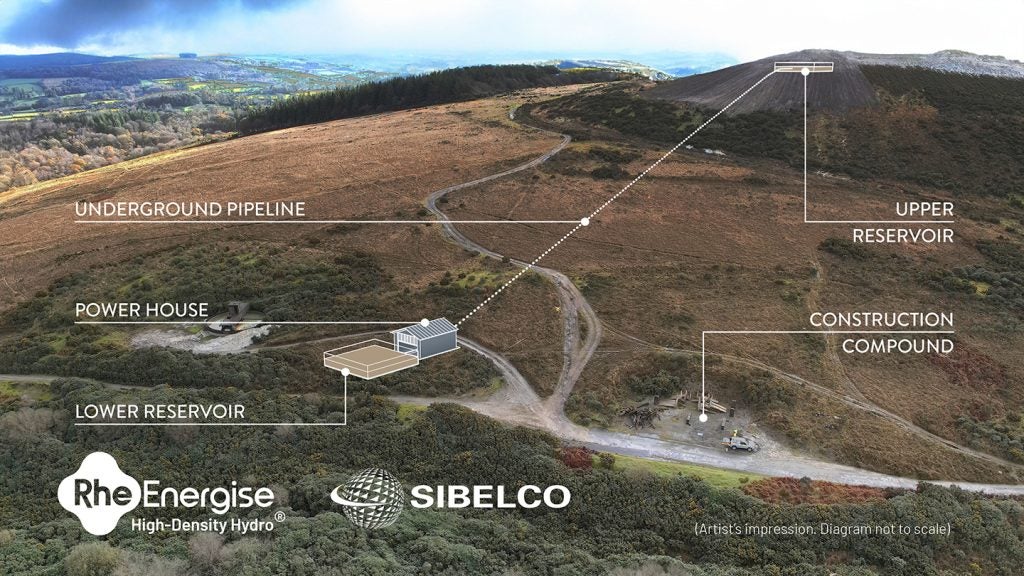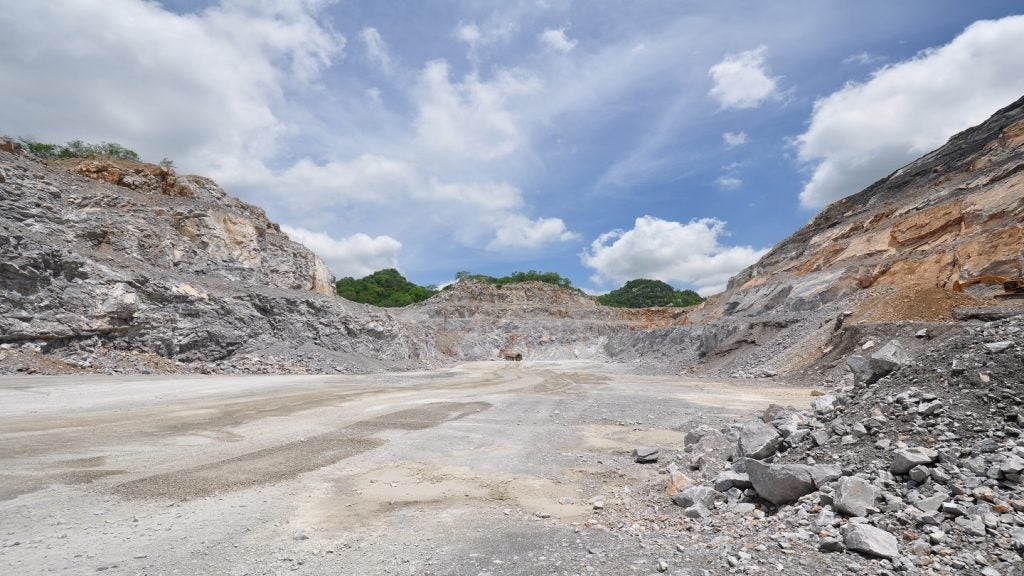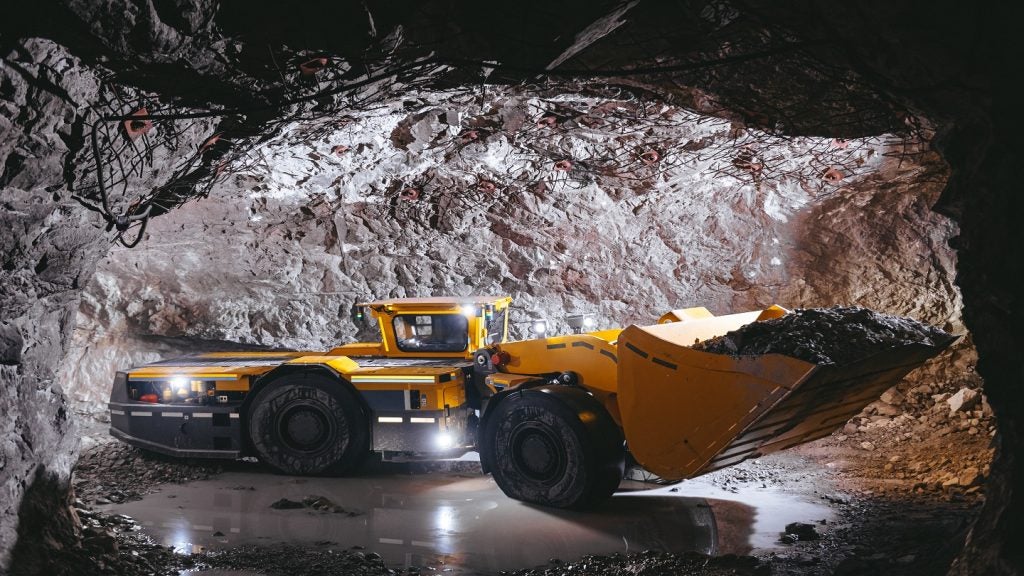Norsk Hydro has been granted a patent for a method and means of applying an anode covering material (ACM) in an electrolysis cell for aluminum production. The method involves using a feed tube to cover the prebaked anodes with ACM, while a movable shuttering plate restricts the material from flowing out of the cell. The patent also includes a rectangular cathode pot, a gas collecting hood, and removable lids for accessing the anodes. GlobalData’s report on Norsk Hydro gives a 360-degree view of the company including its patenting strategy. Buy the report here.
According to GlobalData’s company profile on Norsk Hydro, Cancer treatment biomarkers was a key innovation area identified from patents. Norsk Hydro's grant share as of September 2023 was 58%. Grant share is based on the ratio of number of grants to total number of patents.
Method of applying anode covering material in electrolysis cell
A recently granted patent (Publication Number: US11746432B2) describes a method for applying an anode covering material in an electrolysis cell used for aluminum production. The method involves several steps to ensure efficient and controlled application of the covering material.
The electrolysis cell described in the patent is of the Hall-Héroult type and has prebaked anodes. The cell includes a cathode pot with a rectangular footprint and a superstructure with a gas collecting hood that sits on top of the cathode pot. A floor construction surrounds the electrolysis cell below the top of the cathode pot, and ventilation openings are located in close proximity to the cell. The gas collecting hood of the superstructure has removable lids that provide access to the prebaked anodes through openings.
The method begins by removing the removable lids to expose the anodes. A shuttering frame with a movable shuttering plate is then positioned in the bottom sector of the openings. The anode covering material is applied using a feed tube, and the movable shuttering plate is tilted at an angle towards the anodes. This tilting restricts the flow of the covering material out of the openings, ensuring that it is packed onto the top-side region of the prebaked anodes. The angle of tilt, denoted as a, is specified to be between 30° and 60°.
Additional claims in the patent describe further details of the method. Claim 2 states that the angular position of the movable shuttering plate affects the angle of repose of the anode covering material during application. Claim 3 specifies that the angle a is approximately 45°. Claim 4 states that the ventilation openings in the floor construction adjacent to the openings in the superstructure are closed during the application of the covering material. Claim 5 describes the use of a plate to cover and close the ventilation openings in the area where the removable lids are removed. Finally, claim 6 mentions the presence of an applicator plate at the outlet of the feed tube to guide the positioning of the anode covering material.
This patented method offers a systematic approach to applying anode covering material in an electrolysis cell for aluminum production, ensuring efficient and controlled coverage of the prebaked anodes. The specific design features and steps outlined in the patent aim to optimize the process and improve the overall performance of the electrolysis cell.
To know more about GlobalData’s detailed insights on Norsk Hydro, buy the report here.
Premium Insights
From

The gold standard of business intelligence.
Blending expert knowledge with cutting-edge technology, GlobalData’s unrivalled proprietary data will enable you to decode what’s happening in your market. You can make better informed decisions and gain a future-proof advantage over your competitors.






